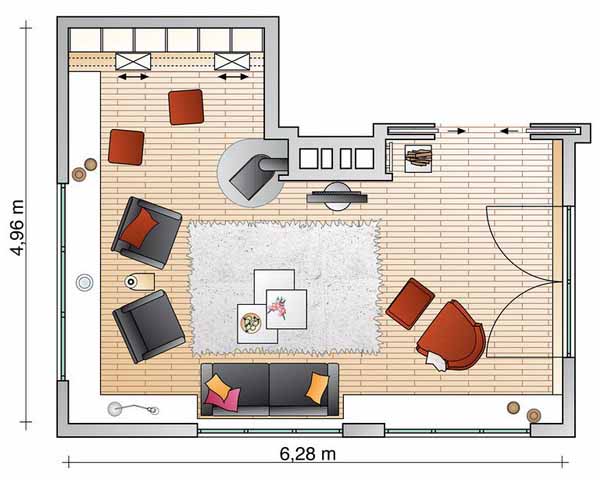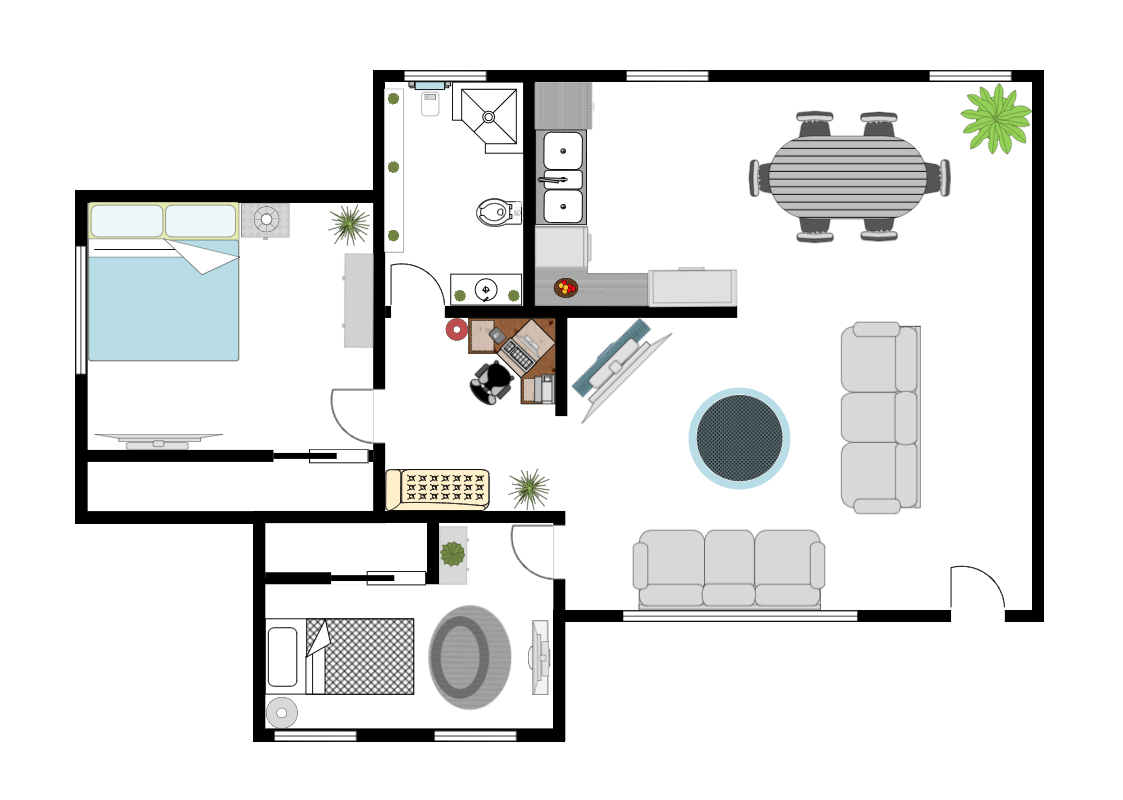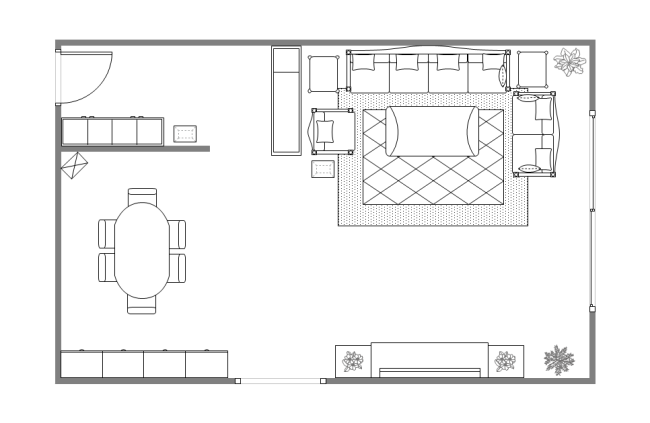

In the late 2010s, the open plan design became less common.
ROOM PLAN DESIGN WINDOWS
The removal of interior walls increases views and allows sunlight from windows in the exterior walls to spread throughout the house. Such floor plans usually work well in homes with a smaller area, while larger homes have more leeway to work with when integrating great rooms into a floor plan. The most common design is a great room that combines the kitchen, dining room, and living room into one shared space. Ī home with this type of layout has one or more large, open rooms that function as multiple rooms within a single living space. Wright's designs were based on a centralized kitchen open to other public spaces of the home where the housewife could be "more hostess 'officio', operating in gracious relation to her home, instead of being a kitchen mechanic behind closed doors." Not having a dividing wall between the kitchen and a combined living-dining room became more popular especially in the United States in the 1970s. įrank Lloyd Wright was one of the early advocates for open plan design in houses, expanding on the ideas of Charles and Henry Greene and shingle style architecture. Larger rooms were made possible by advances in centralized heating that allowed larger spaces to be kept at comfortable temperatures. In the 1880s, small public rooms of the home with specific functions began to be replaced by larger rooms that fulfilled multiple uses, but kitchens, bedrooms, and bathrooms remained enclosed private spaces. Multi-room houses however didn't become popular until later when the country industrialized, as a result of which more people could afford them. Already in the Middle Ages, however, there were some single-room hearth-heated hall houses, for example in England, that were large enough so they could develop into multi-room houses. Many pre-industrial homes were huts that consisted of a single room, but this was usually small. In residential design, open plan or open concept (the term used mainly in Canada) describes the elimination of barriers such as walls and doors that traditionally separated distinct functional areas, such as combining the kitchen, living room, and dining room into a single great room. An open office plan may have permanently assigned spaces at a table, or it may be used as a flex space or hot desking program. Open-plan office designs (e.g., tables with no visual barriers) reduce short-term building costs, compared to cubicles or private offices, and result in persistently lower productivity, dramatically fewer face-to-face interactions among staff, and a higher number of sick days. The term can also refer to landscaping of housing estates, business parks, etc., in which there are no defined property boundaries, such as hedges, fences, or walls.


Open plan is the generic term used in architectural and interior design for any floor plan that makes use of large, open spaces and minimizes the use of small, enclosed rooms such as private offices. An information technology department in a French company in 2019.


 0 kommentar(er)
0 kommentar(er)
